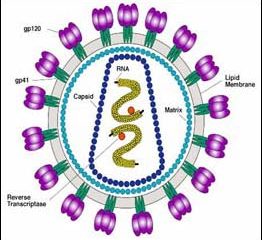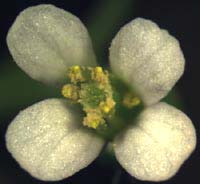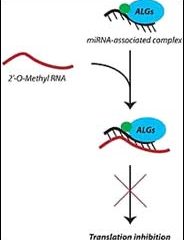Life Sciences and Chemistry
Articles and reports from the Life Sciences and chemistry area deal with applied and basic research into modern biology, chemistry and human medicine.
Valuable information can be found on a range of life sciences fields including bacteriology, biochemistry, bionics, bioinformatics, biophysics, biotechnology, genetics, geobotany, human biology, marine biology, microbiology, molecular biology, cellular biology, zoology, bioinorganic chemistry, microchemistry and environmental chemistry.

Scientists find HIV-blocking protein in monkeys
Scientists at the Dana-Farber Cancer Institute have identified a protein that blocks HIV replication in monkey cells. Humans have a similar protein, although it is not as effective at stopping HIV, say the researchers whose work is published in this week’s issue of Nature. The team, headed by Joseph Sodroski, M.D., is supported by the NIH’s National Institute of Allergy and Infectious Diseases (NIAID).
“Identification of this HIV-blocking factor opens new avenues for intervening in the ear

Stress gene found in plants
A single gene has been discovered that helps plants cope with stressful situations such as disease or poor environments – according to a report published in Nature, 26 February 2004.
Scientists at the universities of Bristol and Oxford isolated and characterised the gene called OXI1 from thale cress, a common roadside weed. OXI1 boosts the plant’s ability to stop fungal infection from spreading, and helps roots to grow despite poor conditions.
Dr Claire Grierson from Bristol

Researchers map ’super-tree’ of flowering plants, solving Darwin’s "abominable mystery"
The secret of how flowering plants evolved into one of the Earth’s most dominant and diverse groups of organisms is revealed in study led by researchers from the Royal Botanic Gardens, Kew and Imperial College London.
Described by Charles Darwin as an “abominable mystery”, the team publish the first complete evolutionary ’super-tree’ of relationships among all families of flowering plants in current edition of the Proceedings of the National Academy of Science.
Using a combination

Sophisticated silencing strategies
Since small RNA molecules were discovered just over ten years ago, it has become clear that these once overlooked bits of genetic material play a decidedly large role in controlling gene expression and thus regulating a diverse array of cellular processes. They typically accomplish these tasks by targeting specific nucleotide sequences to shut down gene expression, and scientists are now starting to apply related strategies to inactivate specific genes for research and therapeutic purposes (see rela

Exploring small RNA function
Regulation of gene expression–deciding how much of what proteins are produced in the cell–is controlled by a myriad of different molecules. One type of naturally occurring regulatory molecule is small interfering RNA (siRNA), which selectively disrupts the production of a protein it is programmed to recognize, a process called RNA interference. These short stretches of nucleotides combine with other cellular proteins to form an RNA-induced silencing complex, called RISC, which locates and destroys

Despite confinement, crop genes can spread fast to wild
With the slim chance that farmers will stop planting crops containing genes from other organisms, researchers have started to develop strategies that trap these foreign genes, reducing the risk that they’ll spread to wild relatives.
But an investigation by scientists from the University of Wisconsin-Madison and the University of Minnesota-St. Paul shows that these containment strategies can quickly fail.
Using mathematical models, the team of scientists explored the effective